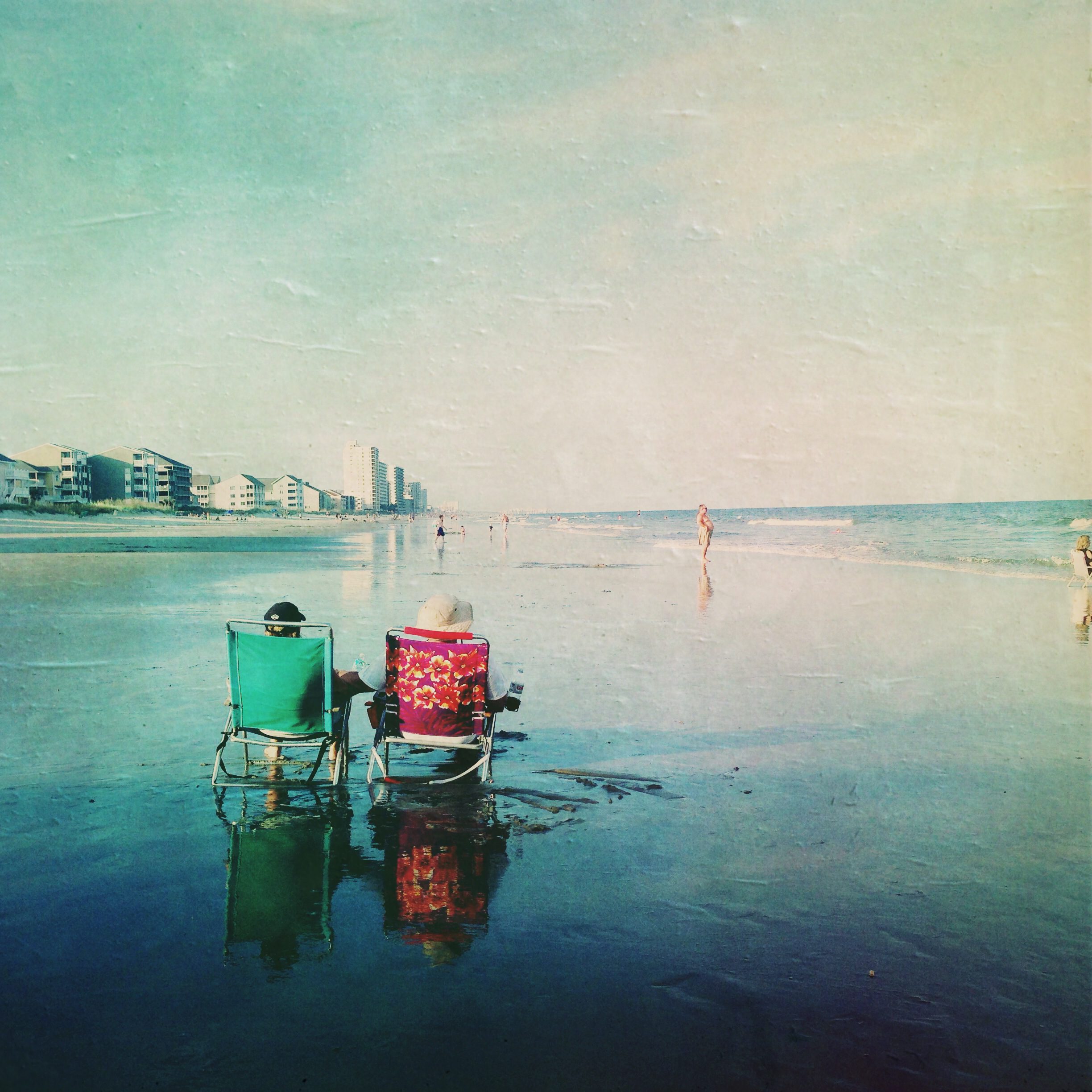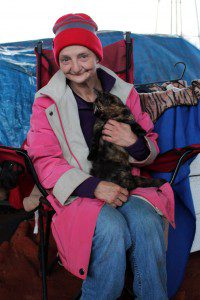Far Peripheral

Our hectic lives often limit the time we spend absorbing the world around us.
The “Far Peripheral” photography exhibit at Furman’s Baiden Gallery is a collection of images that do just that. Undergraduate Evening Studies students in Bryan Hiott’s Digital Photography class paused to observe, contemplate, and capture images that exist outside the center of vision on the edges of what is usually seen.
In addition to student photographs, several of the instructor’s own images are displayed in the exhibit. Hiott, who earned his Masters of Fine Arts from Parsons The New School for Design in New York City, taught at Parsons and has exhibited his work internationally. He has taught digital photography at Furman and Wofford University and art history at USC Upstate.
“I enjoy teaching. I enjoy seeing the development of each person’s creative process,” he said.
Hiott also operates a studio in Taylors Mill. His fine art photography uses the wet plate collodion process, the type of photography created by Matthew Brady in the Civil War. The images are sharp in the center and blurry around the edges. He produces images on tintype, ambrotype, and glass plates.
“I have one foot in the 19th century and one foot in the 21st century,” Hiott said. “I love that push and pull, the tension between the past and the present.”
“Many of my students are taking photos for the first time,” he said, “and they often look at the world in a new way through the process.” He encourages them to view the world through a different lens.
“You can’t make a mistake about making images. It’s something you’re experiencing personally,” Hiott said.
Far Peripheral showcases the students’ strengths as image-makers who can engage with subject matter and present the world in ways they might not have realized before, said Beth Crews, director of the Undergraduate Evening Studies. Often students in business or accounting do not initially realize the value or relevance of an arts course to their career aspirations, but they often later appreciate how art can train them to see differently.
An exposure to photography as an art allows people who might not make the arts their career a chance to broaden their vision, an opportunity to explore their creativity and learn to use that creativity in different ventures, Hiott said. Photography and its creative manner of looking at the work can have a direct connection to various careers.
Furman Undergraduate Evening Studies alumna Pamela Brissey, who works with two federal judges as a courtroom deputy, encounters many different kinds of people in her job—lawyers, court officials, and staff, witnesses, and defendants. They come from all walks of life. She completed a photography project that captured life in a homeless tent city set up under a Greenville bridge. She met the residents and spent time there, getting them to trust her.
“The photos took on a life of their own, and untold donations, money and volunteers poured into ‘the people under the bridge.’ I was completely humbled and appreciative of the generous donations given on their behalf. We all learned that one person can make a difference,” Brissey said.
Hiott agreed that photography “is broadening and encouraging. It adds breadth and depth” to an individual’s life and career.
Mark Loftin, a senior financial analyst with TD Bank who is majoring in business administration, said, “Employing a visual medium permits one to convey thoughts which aren’t necessarily easy to articulate verbally.” This skill is one Loftin said he wanted to explore.
The photographs from the 12 exhibiting student photographers range from close-ups of raindrops on a leaf to a homeless tent city to sunsets at the beach and mountains. Hiott selected the photographs from work the 30 students in his classes posted to blogs they set up to display their work and connect with other students’ work.
“Some of these images might raise questions,” he said, adding that photography often raises questions instead of answering them. He said of all of them, few of which include people, that “something always implies a human presence.”
Mark Hendrix, one of his students with work in the exhibit, said in an introduction to a photo project, “I never imagined that taking a photography class would be as enlightening as this one has been. The introduction of William Eggleston’s work, however, completely changed the way I looked not only at the class but at photography. His was not just a method of capturing artful images for a display in a museum or gallery, but it was his way of capturing images of life and environment, some quirky and some off the wall, but all spoke in some way either of the subject or of the times that I could readily identify with.”
Furman University’s Undergraduate Evening Studies program has been in existence since 1958. Students in this program are working adults earning bachelor’s degrees in business administration or accounting. Elective courses in the arts are designed to encourage creativity and individual vision that will help the students in their careers.
The exhibition, presented by Dixon Hughes Goodman LLC, opened Oct. 21 and will run through Dec. 1 in the Baiden Gallery in the Herring Center on the Furman University campus.
For more information, visit furman.edu/ues
